If I asked you to guess what the germiest item in your home was, what would you say? The toilet, the dog bowl, the dustbin maybe?
Those were among my initial guesses too, and I was shocked to find just how far off the mark I was. The germiest place in the home is in fact, nothing to do with rubbish or pets, but something we consider to be the opposite of germy - it's something we use to clean with.
Horrifyingly, our kitchen cloths and sponges have been touted the germiest item in our homes in countless studies. That's right, our lunch, breakfast and dinner come - more often than not - served with a side helping of bacteria.
And it gets worse, as our kitchen cleaning utensils are just one of the places we need worry about - there are plenty more germs where those came from! Here's a complete list of the filthiest spots in our homes:
1. Dish sponges
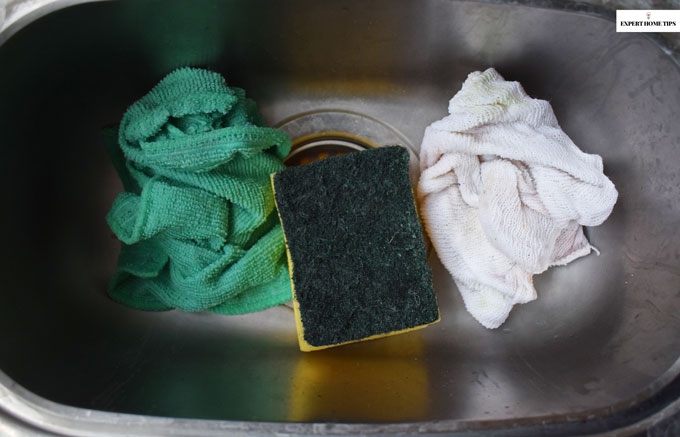
A huge 75% of dish sponges were found to have Coliform - a family of bacteria that includes Salmonella and E.Coli - in a study carried out by the NSF. This was the highest level found throughout the home, a shocking revelation given it's an item we normally consider to be clean.
2. Toothbrush holders
Toothbrush holders represented a much lower risk, with 27% showing signs of Coliform. They're still among the germiest items in the home though, which is again a relatively worrying thought since they come directly into contact with things we put in our mouths.
3. Pet bowls
With all that outdoor playing and licking of everything and everyone, it's no real shocker that pet bowls are a germ haven. Just be thankful your dog has a relatively strong immune system.
4. Coffee makers
This one may make your stomach turn just a bit: not only are coffee makers themselves often really high in bacteria, but the NSF discovered that a hefty 50% of water reservoirs in the coffee maker contain yeast and mold, which are considered to have a detrimental impact on our health - yuck!
5. Bath towels
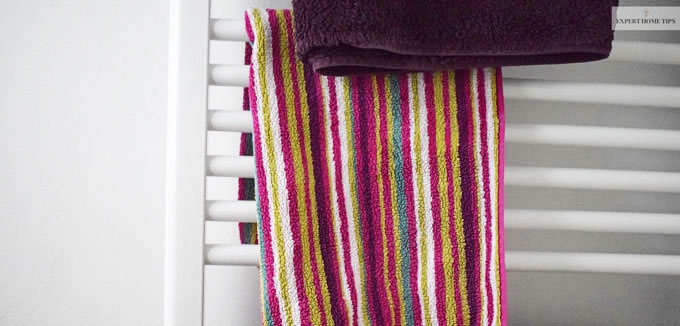
Another shocker for you: step out the shower, all lovely and clean, into a fluffy, comforting towel of...germs. Ok so maybe it's not quite as bad as it sounds, but it's a rather offputting thought, isn't it?
6. Faucet handles
Come to think of it, it seems rather logical that faucet handles have a high bacteria count - before washing our germy hands, we have to turn the water on. Given that, it's almost surprising only 9% were found to have Coliform in NSF's study.
7. Pet toys
Those pesky pets featuring again - it's a good job we love them! If your pup is anything like mine, they'll take their toy everywhere with them, so it's rather self-explanatory why this one is on the list.
8. Living room rug
If you've ever been up-close and personal with your living room rug then you'll be completely aware of just what horrors lie within - high-pile rugs I'm talking to you. Crumbs, clips, dog hairs...it's basically a Mary Poppins bag for germs - they never end.
9. Stove knobs
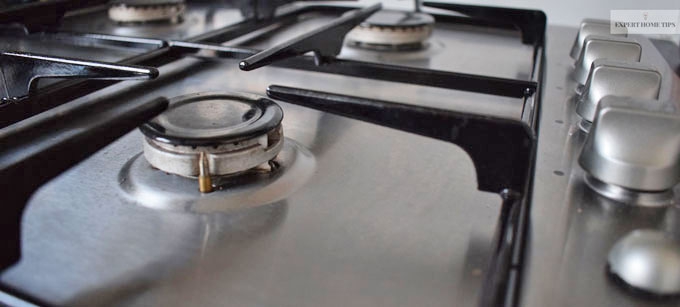
All of a sudden, home-cooked dinner doesn't seem so delicious. It's a bit of a mystery why our kitchens harbour so many germs, especially as they're one of the places we tend to wipe over the most.
Watch our hob cleaning video to find out how to clean those knobs!
10. Cutting boards
Ready to get chopping? You might want to read this first: your chopping board could be contaminated with Coliform, like the 18% found in NSF's Study. Mmmm...Coliform.
11. Bars of soap
Now I come to think of it, the idea of everyone rubbing the same bar of soap on their germy hands doesn't strike me as the best idea in the world. It's no wonder they're coated in bacteria and other nasties.
12. Washing machine
Shock horror, as another one of our go-to places for getting things clean is actually covered in germs. Worst of all, that's just the start of it - Collette discovers loads more frightful facts in her blog post, Is your washing machine hiding a deadly secret?
13. Kitchen sinks
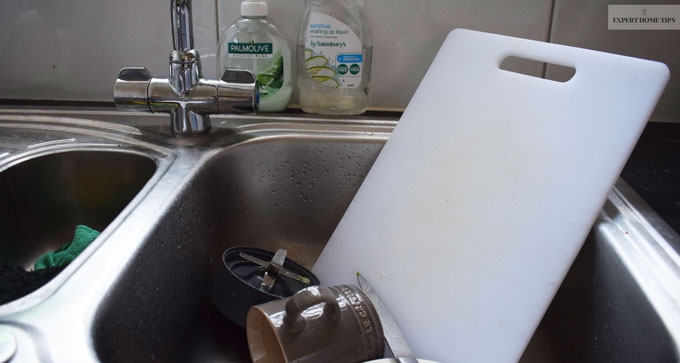
The phrase 'everything but the kitchen sink' certainly isn't true as far as germs are concerned, as Coliform was also found on a rather frightening 45% of kitchen sinks by NSF. Is there anywhere germs aren't hiding in the kitchen?
The germiest room award goes to...
It's likely you've already figured out the most germ-concentrated room in our home - that's right, the kitchen. It's the place we prepare our food, wash our dishes and in some cases, eat our food. It's also frighteningly where 40% of food-related outbreaks of infection in Europe originate from - yikes!
I was really shocked by this revelation, and was confused as to why the room I wipe the most is actually the germiest of all. I spoke to Dr Lisa Ackerley, better known as The Hygiene Doctor, to get to the bottom of it.
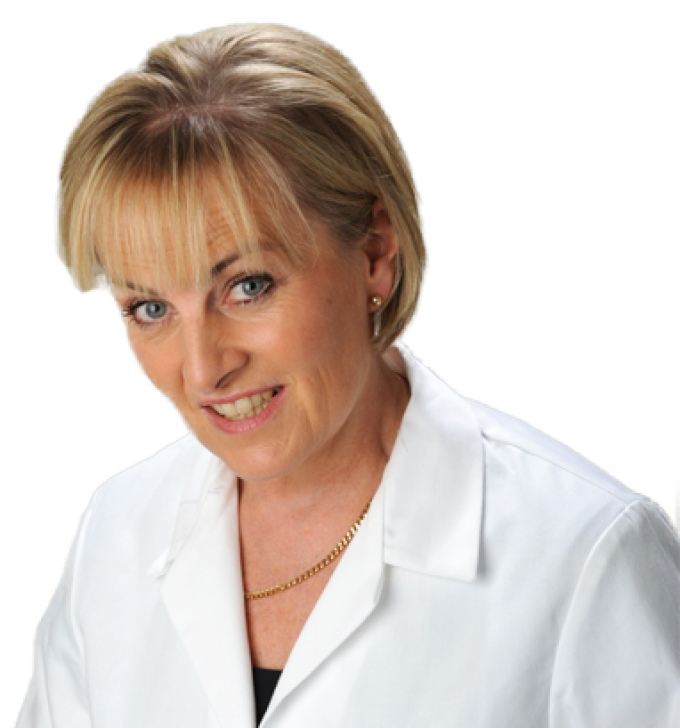
"The germs that cause the biggest problems are those that come from faecal matter, and unfortunately a lot of that finds its way into our kitchen - a surprising fact! The reason for this is that faeces gets onto and into our food in many ways: on the fields, in dirty water, in the abattoir. Animals and humans carry germs such as Campylobacter, Salmonella and E.coli which can enter our homes in the kitchen."
The bathroom comes in second, which seems a little more understanding given it's often where we wash our dirty hands and go to the toilet.
Are germs in the home something we should be scared of?
You may be wondering how we're all still alive with all these germs festering around our home. Surprisingly, it wouldn't actually be beneficial to have a completely germ-free home, but rather, detrimental.
Our bodies contain over 100 trillion bacterial cells - if you're no good at maths, that's a HELL of a lot. These bacterial cells help our bodies to remain balanced, and also function in the best way possible - they basically mean our bodies can't be lazy.
However, there's a difference between GOOD bacteria, and the kind of germs that can actually harm us, as The Hygiene Doctor explains:
"I am always asked whether we are too clean, but actually, of course we are not - 17 million people suffer from some form of infectious intestinal diseases (tummy bug) every year in the UK alone, and some people have very nasty side-effects including death. More than 100 people a year die from Campylobacter, found on 65% of raw chickens sold in the UK."
With that in mind, how can we prevent it the multiplication of germs in the home?

Most of us know that a germy environment is not a good thing and try to keep our home as clean as possible, but how do we know if we're doing enough? I got some advice from The Hygiene Doctor about which areas we should pay particular attention to in order to keep germs at bay:
"What we need to do is target the germs and leave the other harmless bacteria alone - so clean normally on the floors, but concentrate on cleaning and disinfecting those things that may have harmful germs on them - surfaces in the kitchen where raw chicken has been prepared, for example."
So, do we need to be scrubbing constantly to ensure our home is as hygienic as can be?
"We are not saying get a sterile kitchen - you couldn’t anyway - but target hygiene where it really counts. If you have anyone ill in the household, then clean up thoroughly after them - colds and flu are carried by hand-contact sites: from the sneeze, to hands, onto surfaces, which are touched by another person and then into eyes or the nose."
Along with Dr Lisa's advice, small alterations to your living habits, lifestyle practises and cleaning procedures detailed as follows will help keep on top of the bacteria in your home:
- Disinfect dish sponges and cloths after each use and replace regularly.
- Run your shower with hot water for a few minutes if it hasn't been used in a long time.
- Be sure to maintain your grout and tiles to keep them in good condition.
- Use separate chopping board for meat and vegetables.
- Get carpets and rugs cleaned periodically or DIY with a suitable product/steamer.
- Soft toys should be cleaned often on a hot cycle in the washing machine.
- Foot operated bins should be used throughout the home.
- Clean and disinfect mops and buckets after each use.
- Run washing machine on empty once a week at a high temperature.
- Wash towels and household linen at 60 degrees celsius with a bleach-based laundry product.
- Kill kitchen sponge germs using the microwave - read Colleen's tutorial to learn how to do it safely.
If you're wondering what products to use to get your house spick and span, The Hygiene Doctor recommends:
"Dettol Disinfectant spray is great when there is illness in the house as you can use it on soft furnishings and it kills the germs instantly. But you don’t need to use gallons of these products - just in the right place at the right time."
With regards to what the 'right' amount of germs is, it's really hard to decipher. While it's good to bear in mind, it's important not to get bogged down in - chances are if you don't find yourself surrounded by dirt and getting ill all the time currently, you're doing OK.
What did you think would be the germiest thing in the home? Where you shocked to find out the ACTUAL results? Let me know in the comments below!
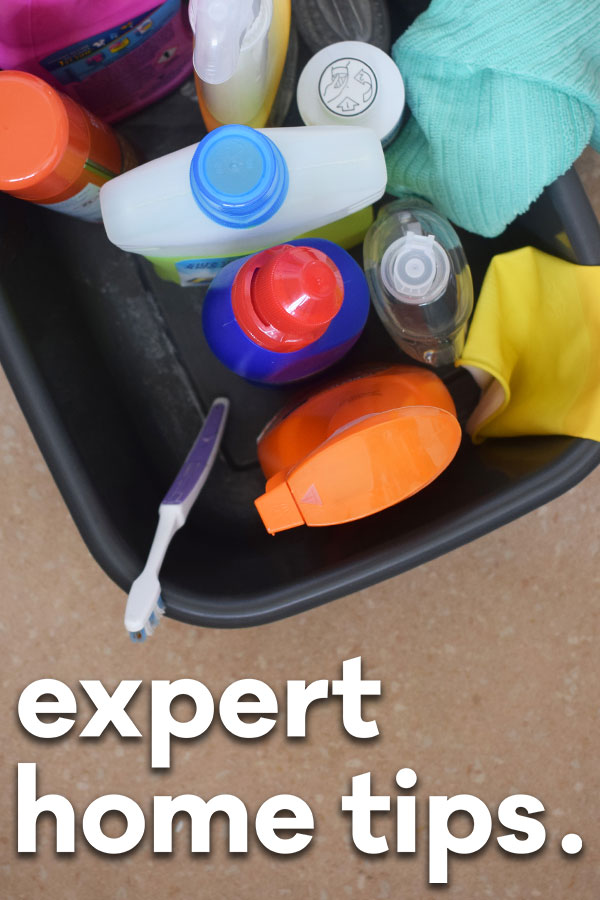

DR Lisa's advice is very true. If you were to compare my kitchen to say my mate's kitchen you would say that mine was very clean. Ok my dish cloth Looks old but it gets cleaned regularly yet my mates is Manky. He would rather clean his properly twice a year but i will clean mine 2 or 3 times a week and always clean the surfaces after use. In his lounge you can write your name in the dust surrounding his TV and will only clean that if someone points it out to him. Well done Lisa but surely its common sense to keep your home clean, it does not take long and that's coming from a guy who has been on crutches for the last 7 months.
Hi Robin. Great to hear that you keep your dishcloths nice and clean - keep up the good work!?
Wow, this was really interesting. I always feel like the faucet gets germy as I touch it before washing my hands, but the ones that shocked me the most were the sponges and dishcloths - aren't the soap and cleaning products meant to get rid of the germs?!
Hi Hannah. I'm glad you found the article interesting - a lot of it shocked me, too! Washing up liquid is mainly meant to lift grease and grime, whereas boiling your cloths and sponges in hot water will kill the actual germs. ?
I keep an used toothbrush (sterilised) to clean around the base of the taps with bleach and a disposable disinfected cloth to use underneath and around the tap itself. I do like nice sparkly taps which have a notice on them, "go somewhere else, we've just been cleaned"
That's a great idea Stephanie - I bet it makes keeping on top of your cleaning a breeze!
I always buy Irish linen dishcloths - they bleach - okey in the washing machine on a hot towel wash or better still I put mine in the dishwasher on the highest setting. They are not cheap but last a long time.
Hi Ann. I've never seen, or heard of Irish line dishcloths. They sound great, though, and I'll definitely be trying them in the future. Thanks for sharing :)
I tend to change the dish sponge about once a week,,and always hot rinse them out after each use. I use the anti-bacterial washing up liquid which I feel is helping to keep things clean,,and I use rubber gloves a the water is as hot as it can be out of the tap,, I also hot rinse the bubbles off each item and allow them to drain dry. So I am doing what I can to keep things clean,,,and have a hand washing gel by the sink as well.
Hi Karen. It sounds like you're doing an excellent job - keep up the hard work.
Kitchen sponges and clothes can be put in the dish washer or bleached in the sink overnight. You do not need special cloths, anything will do so long as you keep it clean. Old white t shirts are excellent and can be discarded after a few washes if necessary. It is just a matter of getting organised and then putting the plan into operation.
Hi Margaret. Thanks a lot for sharing your tips with us :)
I agree with a lot of this but I think a few points should be made. karen mentioning hand washing gel should be careful as some of these gels have some nasty chemicals in them. I always wash my sponges and cleaning surface cloths in soda crystals with boiling water and also do the same for greasy dishes that washing up liquid will not touch after all that was used before washing up liquid ever came on the market. As for chopping boards, I use 4, meat, veg, cakes and other sweet items and bread which I clean with lemon juice as I will not use chemicals on them.
I put my dishcloths on the microwave for a few seconds
Hi Carole. We do this with sponges! Great tip - thanks for sharing :)
Fridge, freezer microwave , oven , kitchen and toilet doorhandkes are often neglected also microwaves and ovens. Bedding often holds germs as it is not washed often enough and with a temperature over 72c including bedspreads blankets and duvets
That's correct, Tina!
Hi, I really look forward to reading all the replies, one thing I have been using is the concentrated bottles of Zaflora, as it did not smell of disinfectant and I used it everywhere! I diluted it into a spray bottle And used it everywhere in the kitchen, bathroom, and dogs bed and also in the washing machine Especially when I washed the dogs bedding, BUT I READ THAT THIS IS FLAMABLE AND DANGEROUS TO DOGS!! Cannot remember where I read THIS! So now I have stopped using it, have you come across this that it is dangerous for dogs, I even use to put it in a Room plug in instead of buying a new plug in! DANGEROUS OR WHAT!! What do you think?
Hi Anne! It is very flammable so should never be used in plugins or near hot surfaces. It can be dangerous to dogs when wet, but when it's dry it's completely safe. You just need to make sure not to let your pets near it whilst it drys.
I use a clean dishcloth everyday.
That sounds great!
May I suggest that the TV remote as being the culprit of the worst germ site nobody ever seems to clean them.
Very true!